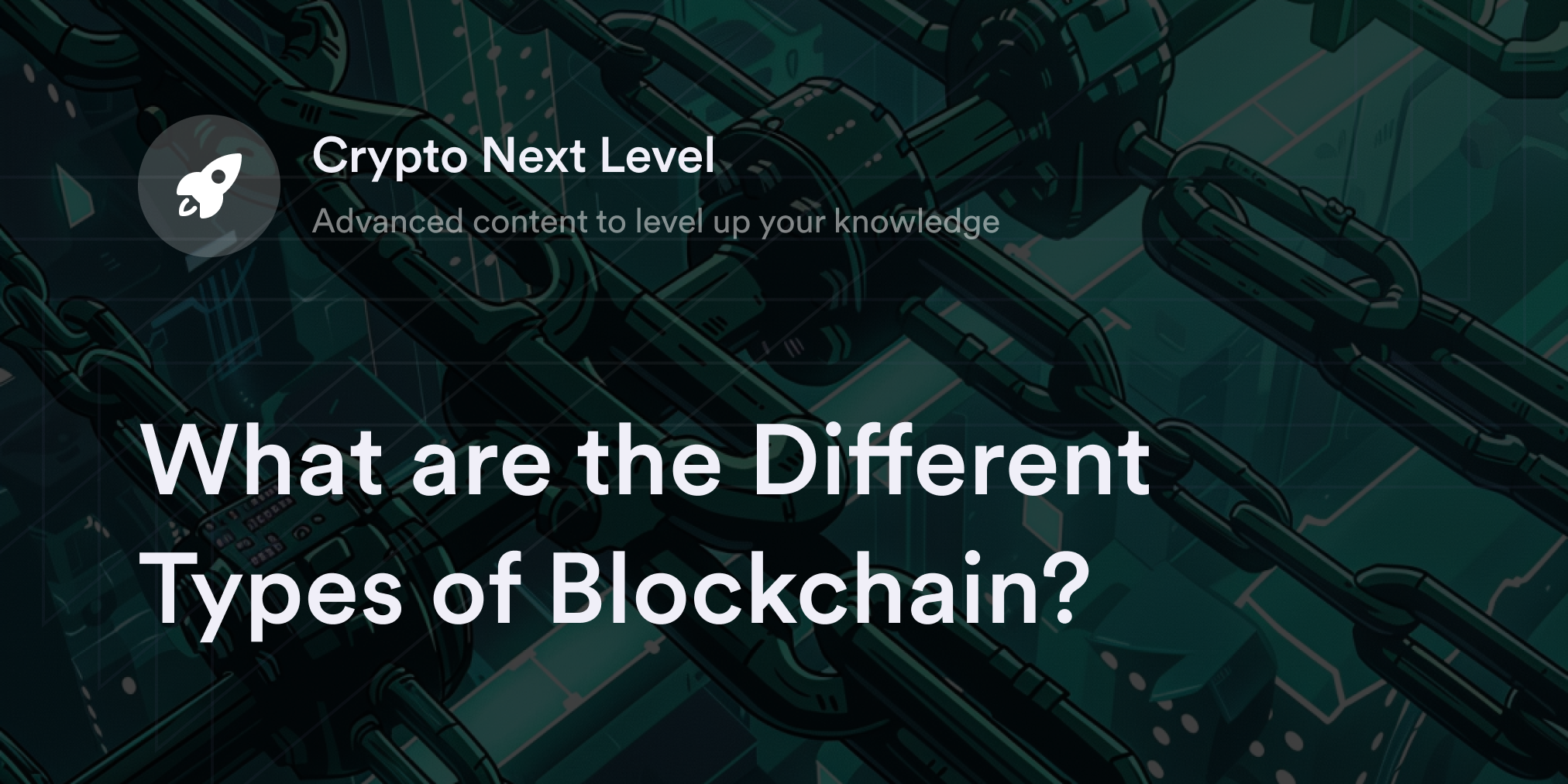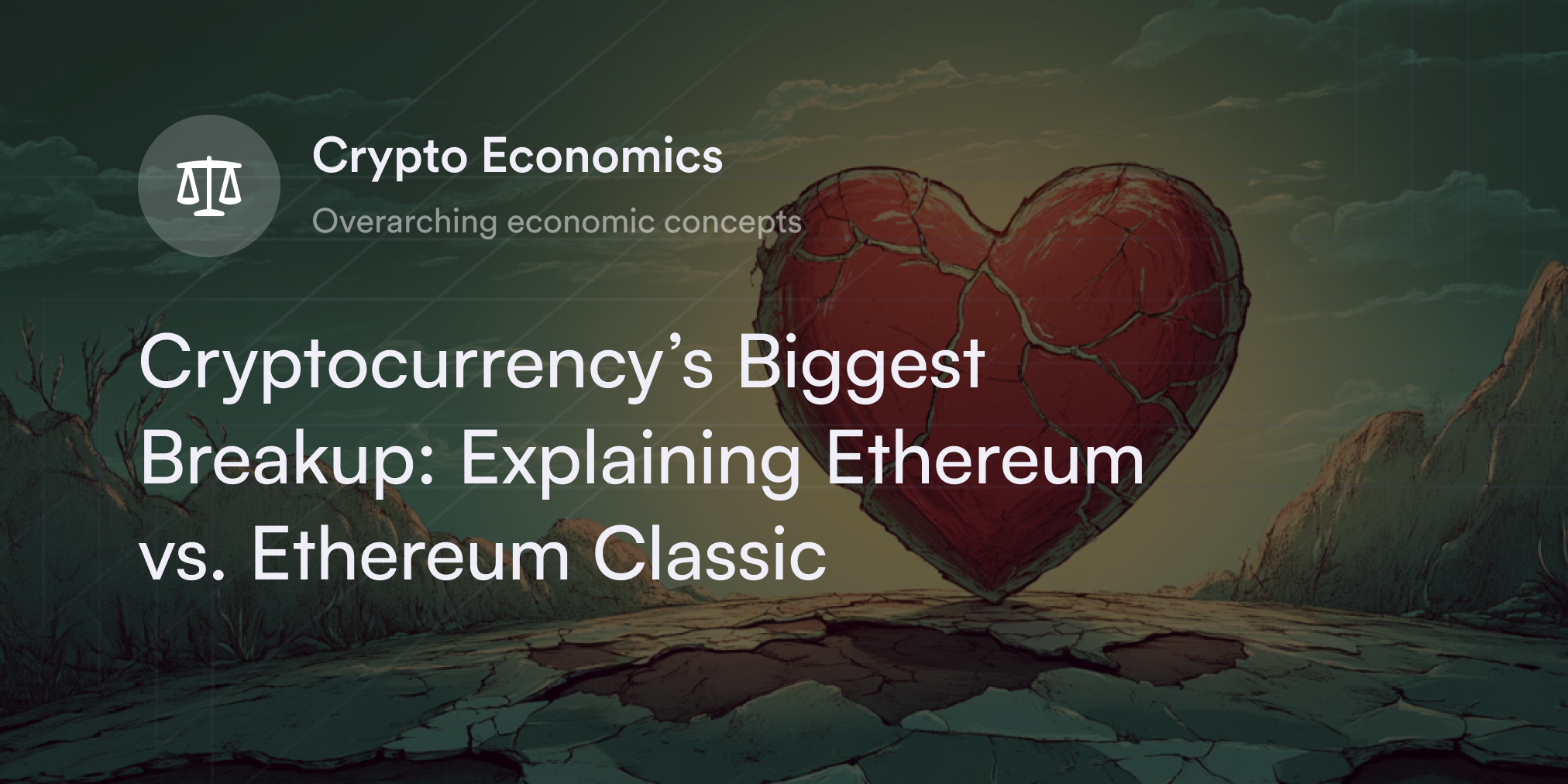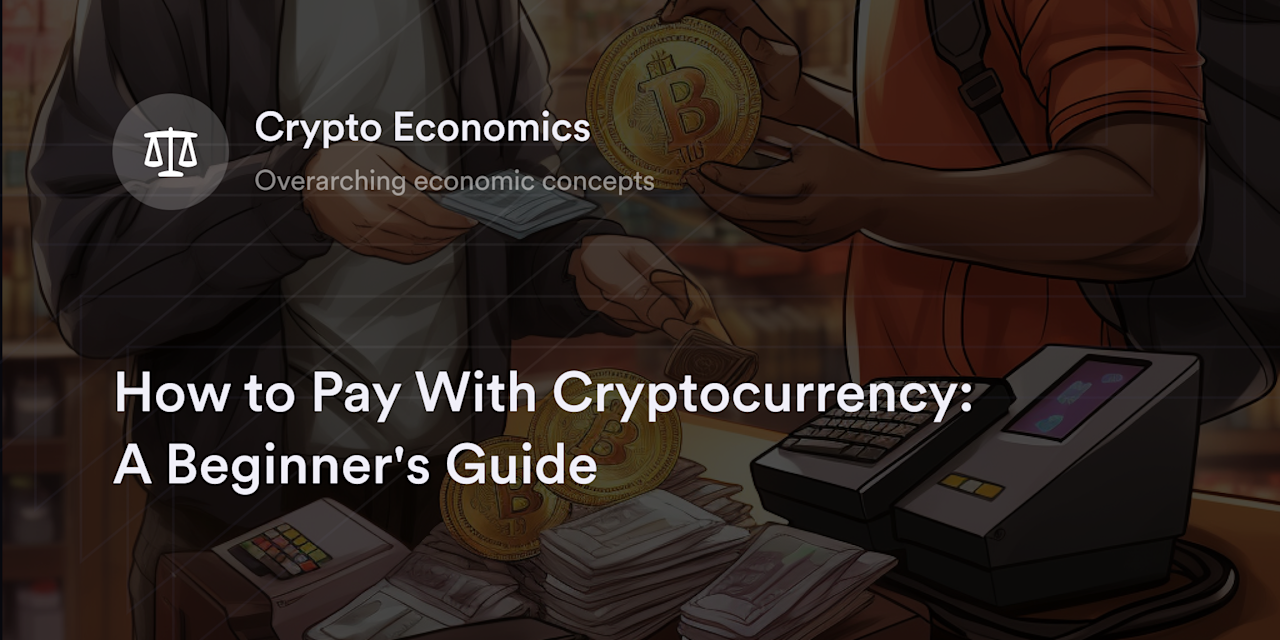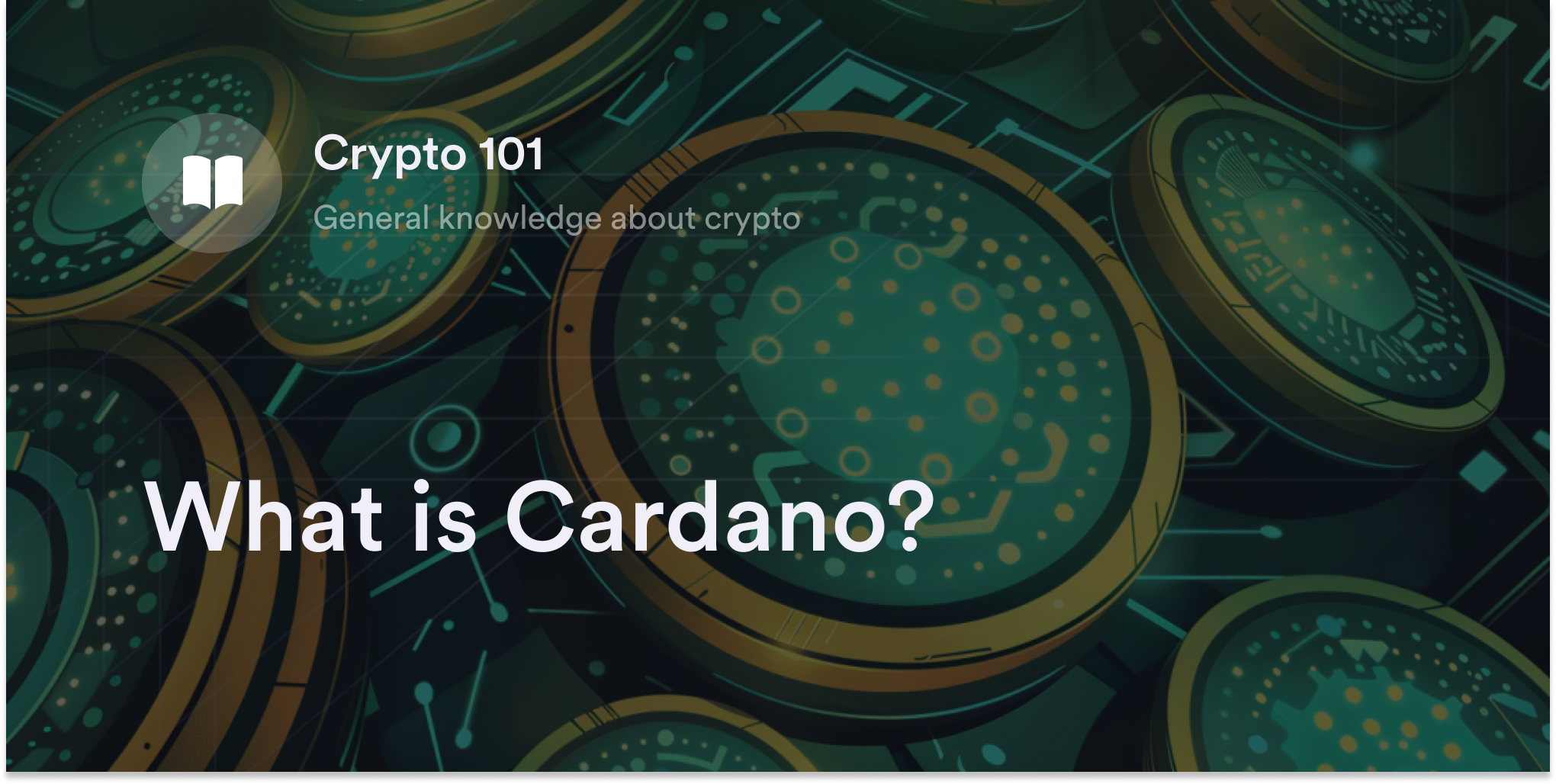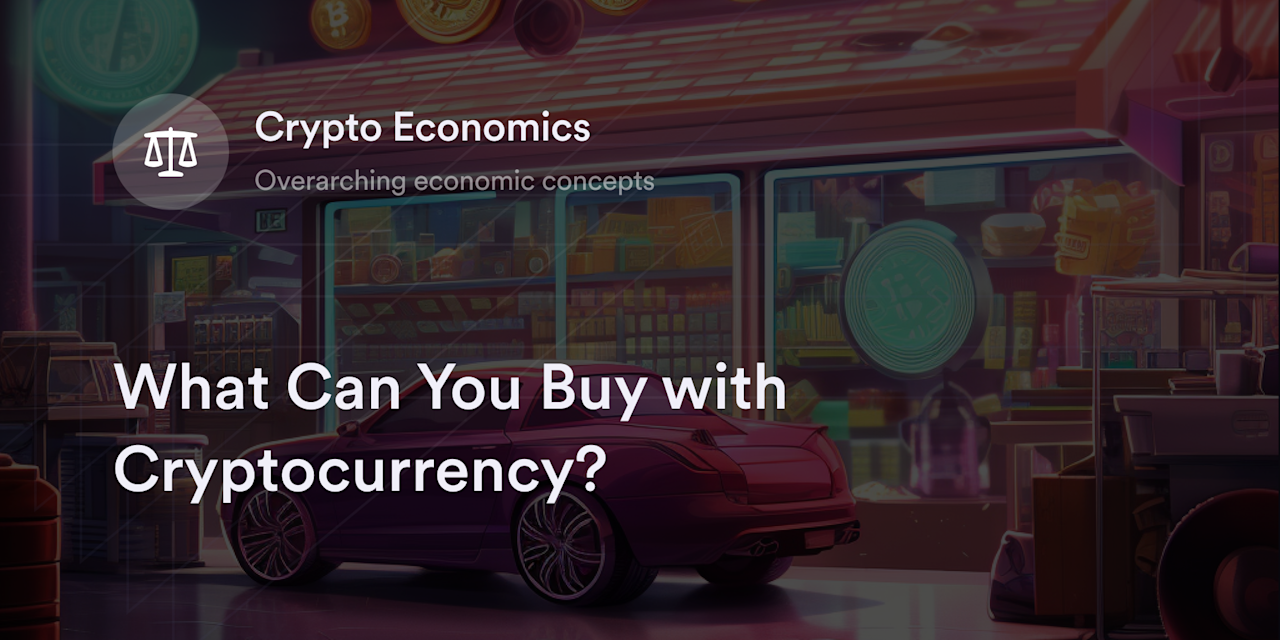
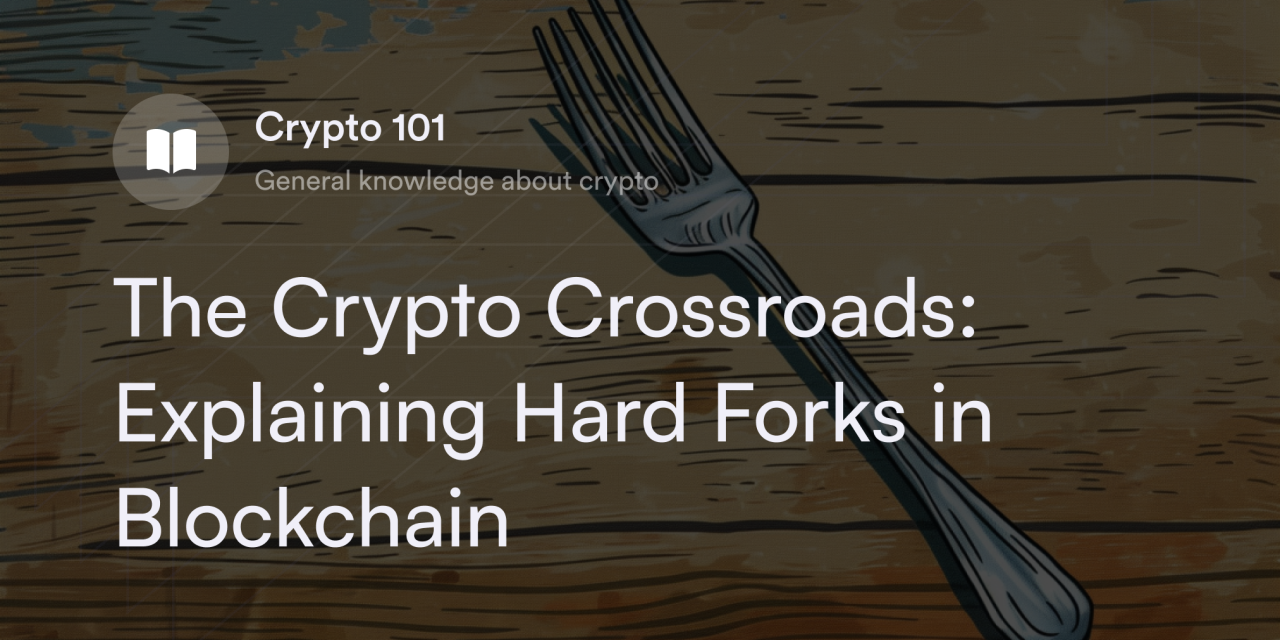

Blockchains may be decentralized, but that doesn’t mean their developers always see eye to eye. While more Web3 protocols use software strategies like decentralized autonomous organizations (DAOs) and governance tokens to reach agreements and attempt to mitigate controversy, sometimes, major conflicts flare up in the cryptocurrency space. And when crypto communities can’t come to a compromise, hard forks are sometimes the final result.
Hard forks often have a harsh vibe but aren’t always bad news. In a few instances, hard-forked chains (e.g., Ethereum) become even more influential than their predecessors.
In this guide, we’ll explore how and why hard forks happen and the strategies developers use to innovate without creating divisions.
What are hard forks in crypto?
A hard fork means a fundamental shift in a blockchain’s coding instructions, resulting in a network split. After a hard fork occurs, nodes on a blockchain must update their system and join the new protocol; otherwise, they can’t process crypto transactions using the latest code standards.
In other words, hard forks are backward incompatible because there’s no way for nodes to function on the new network if they don’t install the hard fork upgrade. Hard forks create two incompatible blockchains with separate native cryptocurrencies and unique transaction histories, technical specifications, and validation procedures.
Hard forks versus soft forks: Key differences
Soft forks are another type of upgrade for blockchains, but they aren’t as radical as hard forks. Unlike hard forks, soft forks are backward compatible, meaning nodes on the network don’t need to update their software to continue processing cryptocurrency transactions. They also don’t create two separate blockchains when they go into effect.
Think of a soft fork like a smartphone’s software update—the older version still functions, but it doesn’t offer users all the enhanced features associated with the upgrade. Soft forks don’t create seismic splits in cryptocurrency networks because they don’t touch the fundamental rules governing a blockchain’s code. Typically, soft fork upgrades modify select elements of a blockchain’s infrastructure without introducing any incompatibilities with the network’s core protocol.
One notable example of a successful soft fork is Bitcoin’s Segregated Witness (SegWit) update in 2017, which rearranged BTC transaction data in each block for improved efficiency and scalability.
What causes hard forks?
Hard forks are sometimes the fruit of careful and deliberate discussions within the blockchain community, but often, these splits spring from irreconcilable differences and harsh disputes. These disagreements can stem from various factors, including conflicting visions, values, or technical considerations for a blockchain.
For example, a subset of the BTC community created the Bitcoin fork chain Bitcoin Cash (BCH) in 2017 due to an argument over the maximum memory capacity in each block of BTC transactions (aka the block size). Developers who supported the soft fork SegWit favored keeping Bitcoin’s max block size at 1 MB to avoid a hard fork. At the same time, those in the BCH camp argued Bitcoin needed to increase its average block size to handle an increasing transaction load effectively.
Security-related concerns or data breaches are other potential reasons for hard fork upgrades. For instance, after hackers stole $60 million from a crowd-funding protocol on Ethereum (ETH) called the DAO, developers debated whether to create a new blockchain to return the lost funds to crypto traders. Eventually, the Ethereum community decided to move forward with a hard fork upgrade and rewrite the transaction history to redistribute funds to DAO participants. Therefore, today’s Ethereum blockchain is a forked chain, while the "original" Ethereum with the DAO hack data on its payment ledger is called Ethereum Classic (ETC).
What are accidental hard forks?
There are cases throughout crypto history when digital assets accidentally split into two separate chains, similar to an intentional hard fork. The result of an accidental hard fork is the same as a preplanned hard fork, but nobody in the crypto community expects or wants them.
Typically, unintentional hard forks result from software bugs, network synchronization issues, or other technical malfunctions, and node operators constantly monitor their blockchain for warning signs of these accidental updates. Developers often use regular testing procedures, third-party code audits, and tracking mechanisms to minimize the likelihood and impact of accidental hard forks.
Pros and cons of hard forks
Hard forks have a negative connotation in cryptocurrency circles, but there are instances when these upgrades enhance a blockchain’s operations. If most developers and nodes agree to radical protocol changes—and there’s clear communication on when and how to implement them—a hard fork has the potential to create a new and improved crypto network.
Hard fork pros
Introduces novel features and use cases: By changing the foundation of a blockchain’s infrastructure, hard forks give programmers the maximum flexibility to develop innovative use cases in their ecosystems, potentially boosting network efficiency and scalability. The radical changes in a hard fork update may be necessary to stay relevant and competitive in the fast-paced crypto market.
Helps address some security concerns: If hackers exploit weaknesses in a blockchain to steal funds or manipulate transaction data, a hard fork provides a potential way to reset the network and restore lost funds to affected users. By creating a fresh blockchain fork, developers can reassess security flaws in their prior chain, formulate new safety measures, and rewrite transaction data to reimburse wallets affected by hacks.
Potentially resolves community conflicts: When there’s no easy answer to debates in the crypto community, a hard fork provides a way for dissenting developers to pursue their vision without interfering with the original blockchain. While this solution usually isn’t as optimal as reaching a group consensus on a soft fork upgrade, it helps avoid prolonged conflicts by creating clear divisions on distinct protocols.
Hard fork cons
Community fragmentation: Hard forks create separate blockchains, which is why they often disrupt harmony, group synergy, and creative collaboration in the crypto community. The debates surrounding hard forks frequently stir up sharp schisms and force developers and nodes to choose between two incompatible chains.
Confusion for crypto traders: Although hard forks are upgrades, the cryptocurrencies on a forked chain are new digital assets rather than modifications of existing coins. When forked cryptocurrencies share similar names (e.g., Bitcoin Cash and Bitcoin, or Ethereum and Ethereum Classic), it sometimes creates confusion in the crypto market, especially if the development community doesn’t have a clear and consistent communication plan.
Security risks: Even if most nodes choose to remain on a non-forked chain, hard forks siphon off some energy from nodes on the original blockchain, reducing decentralization and security for both networks. Smaller blockchains are the most susceptible to hacks following a hard fork since it takes fewer resources for hackers to launch a 51% attack and take over the blockchain.
How to avoid hard forks
Hard forks are irreversible, so developers often strive to avoid the controversies and confusion associated with these updates. In extreme situations, hard forks may be the sole solution, but there are tactics programmers use to reduce the risk of ending up in a dire scenario.
Community engagement and clear communication
To prevent misunderstandings, developers frequently post updates on social media and community forums and open communication pathways for transparency on proposed changes. These discussions help engage everyone on a decentralized network and ensure programmers and stakeholders are on the same page at every stage of development.
The smoother the knowledge flows through a Web3 community, the easier it is to nip potential issues in the bud.
Decentralized governance protocols
On-chain governance tools like DAOs and governance tokens give stakeholders a say in decision-making. Since everyone in this model can vote and propose updates to a protocol, it’s more likely users feel validated and a part of a collaborative community with a shared vision. The more value people feel within a blockchain ecosystem, the more likely users strive to maintain their network rather than create divisions.
Testnet deployment
Testnets are simulated online environments and give developers a safe space to evaluate software changes before putting them into effect on a blockchain’s mainnet. By researching updates on testnets, programmers can iterate multiple update scenarios and assess their benefits and drawbacks.
Extensive testing also gives developers plenty of evidence on a proposed upgrade’s efficacy, which they share with the community for careful consideration before deciding on the optimal solution.
Emergency response plans
Also called contingency protocols, emergency response plans provide developers with a set of procedures to resolve disputes as they arise, plus fallback initiatives to mitigate the impact of stressful situations. Even if a community can’t reach an agreement, a contingency plan helps developers prepare and defend against pre-identified security vulnerabilities, ensuring smooth operations even as the network splinters.
Become a blockchain brainiac on dYdX Academy
Defining hi-tech crypto terms like forks, hash functions, and fungibility isn’t always easy, but dYdX Academy is here to help. On our Web3 education hub, visitors can learn the intricacies of crypto-related topics with dozens of easy-to-read guides and beginner-friendly examples.
dYdX also offers a low-fee decentralized exchange for any eligible traders interested in perpetual swaps trading. Find out more about why dYdX remains one of DeFi’s most trusted protocols on our official blog, and eligible traders can start trading on dYdX today.
Disclosures
The content of this article (the “Article”) is provided for general informational purposes only. Reference to any specific strategy, technique, product, service, or entity does not constitute an endorsement or recommendation by dYdX Trading Inc., or any affiliate, agent, or representative thereof (“dYdX”). Use of strategies, techniques, products or services referenced in this Article may involve material risks, including the risk of financial losses arising from the volatility, operational loss, or nonconsensual liquidation of digital assets. The content of this Article does not constitute, and should not be considered, construed, or relied upon as, financial advice, legal advice, tax advice, investment advice, or advice of any other nature; and the content of this Article is not an offer, solicitation or call to action to make any investment, or purchase any crypto asset, of any kind. dYdX makes no representation, assurance or guarantee as to the accuracy, completeness, timeliness, suitability, or validity of any information in this Article or any third-party website that may be linked to it. You are solely responsible for conducting independent research, performing due diligence, and/or seeking advice from a professional advisor prior to taking any financial, tax, legal, or investment action.
You may only use the dYdX Services in compliance with the dYdX Terms of Use available here, including the geographic restrictions therein.
Any applicable sponsorship in connection with this Article will be disclosed, and any reference to a sponsor in this Article is for disclosure purposes, or informational in nature, and in any event is not a call to action to make an investment, acquire a service or product, or purchase crypto assets. This Article does not offer the purchase or sale of any financial instruments or related services.
By accessing this Article and taking any action in connection with the information contained in this Article, you agree that dYdX is not responsible, directly or indirectly, for any errors, omissions, or delays related to this Article, or any damage, injury, or loss incurred in connection with use of or reliance on the content of this Article, including any specific strategy, technique, product, service, or entity that may be referenced in the Article.


